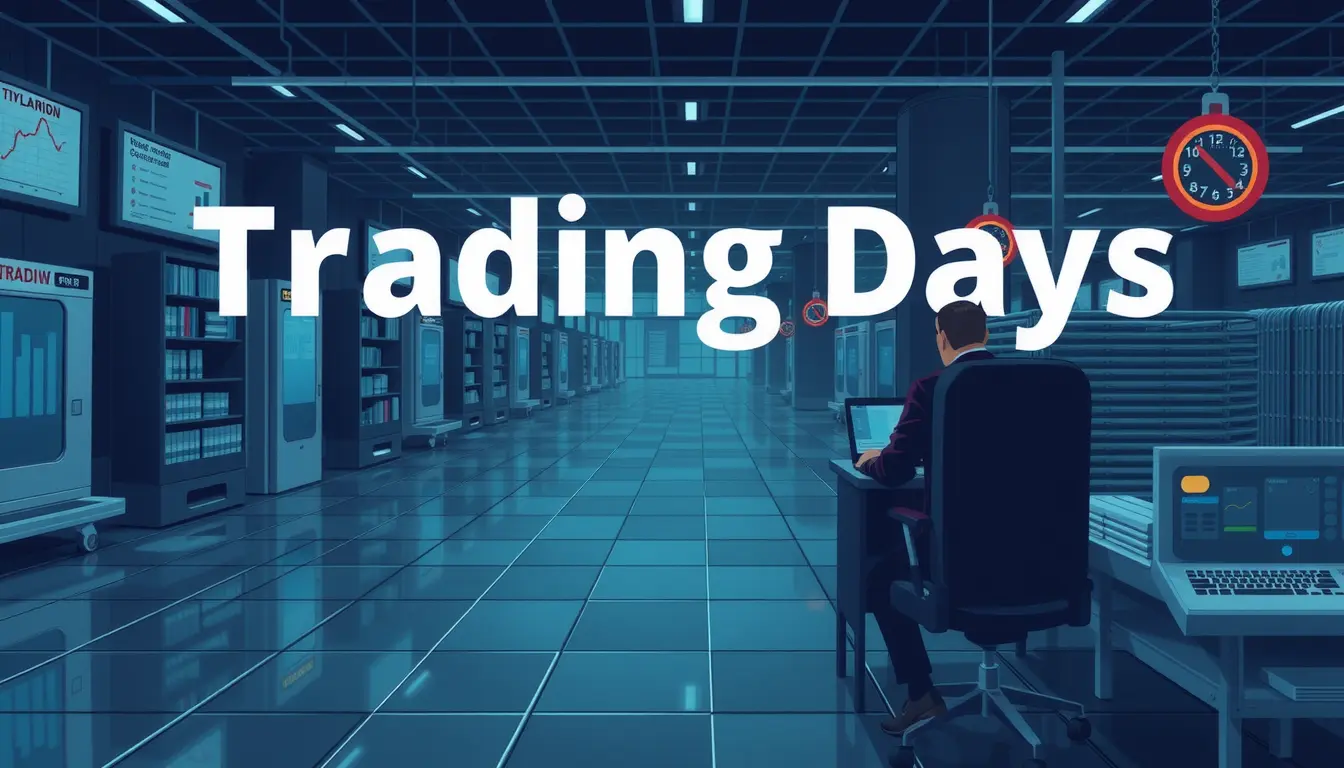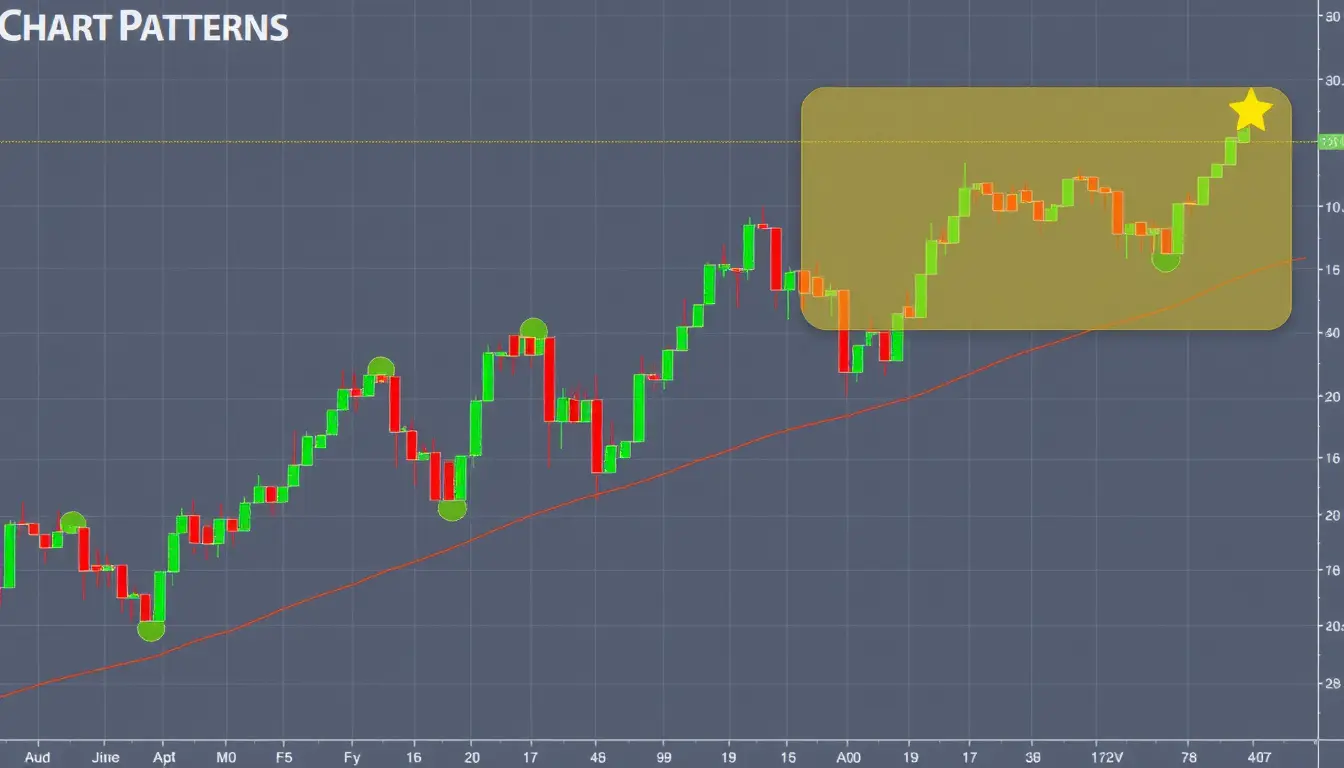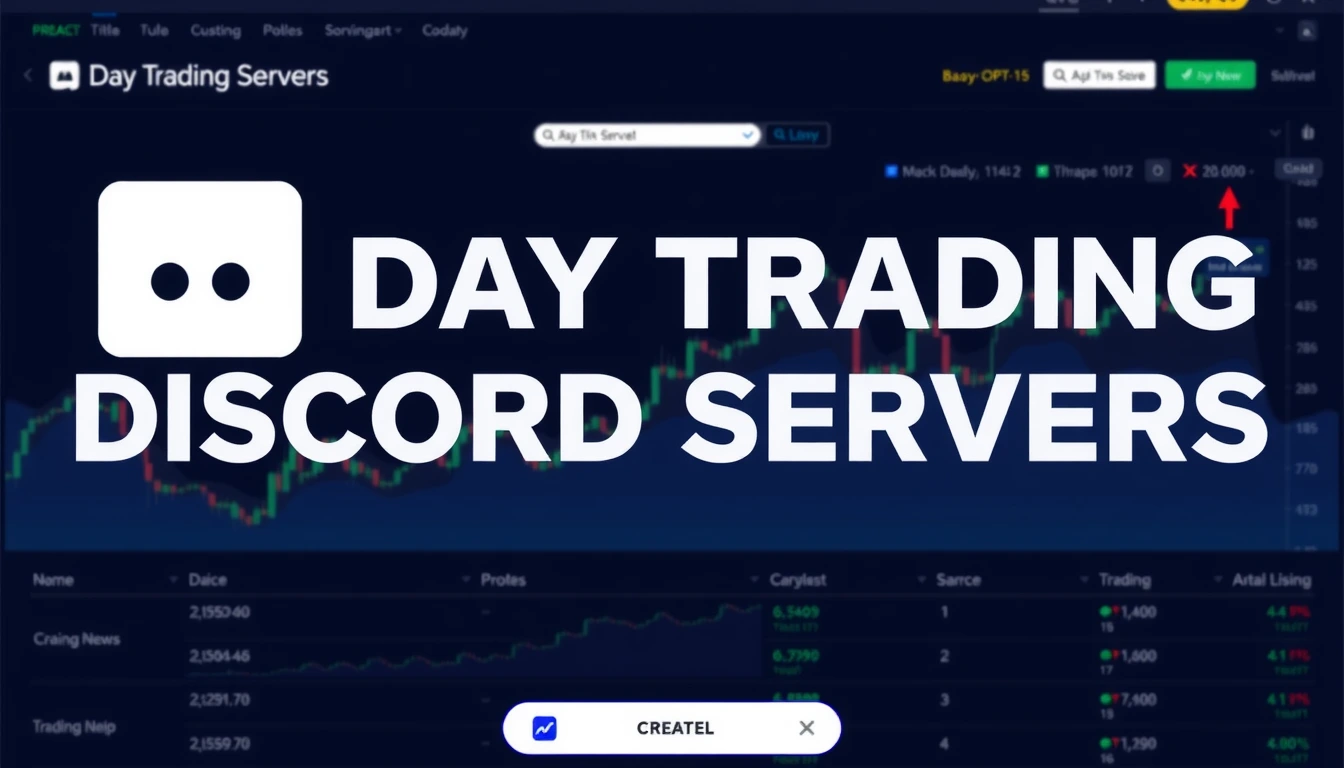In the fast-moving world of trading, managing risk and coping with the emotional challenges of drawdowns are just as crucial as chasing profits. One powerful, yet often overlooked, tool for measuring risk and market volatility is the Ulcer Index. Unlike traditional measures like standard deviation that focus on overall price swings, the Ulcer Index specifically highlights downside risk — essentially showing how deep and how long your portfolio or strategy dips below its previous peak.
If you’re serious about refining your trading approach and want to incorporate smarter, more sophisticated indicators, understanding the Ulcer Index should be part of your toolkit. In this blog, we’ll cover everything you need to know — from what the Ulcer Index is and how it’s calculated, to how you can integrate it into your trading strategy, especially with the help of AI-powered platforms like AI Signals to make smarter decisions.
What is the Ulcer Index?
In the 1980s, Peter Martin developed the Ulcer Index (UI) as a way to measure the level of “stress” investors face during market downturns. Unlike traditional volatility indicators that treat both gains and losses the same, the Ulcer Index focuses solely on downside risk. It evaluates how deep and how long a price declines below its recent highest point, helping investors understand the severity and duration of drawdowns.
Key Characteristics of the Ulcer Index:
- The Ulcer Index focuses purely on downside risk, ignoring any upward price movement—unlike traditional volatility measures.
- It only penalizes declines, making it more effective for assessing the negative impact of drawdowns.
- The index takes into account both the length and magnitude of drawdowns—so the longer and deeper the drop, the higher the Ulcer Index rises.
- A higher Ulcer Index signals more stressful and potentially dangerous market conditions.
- This makes it a clear and meaningful risk indicator for traders who are more concerned about losses than general price swings.
- It provides a more accurate view of risk, focusing not just on how volatile an asset is, but on how consistently and sharply it falls.
- By highlighting sustained losses, the Ulcer Index can influence a trader’s psychological state and decision-making process, leading to better risk management.
Why Use the Ulcer Index in Trading?
When it comes to evaluating risk, most traders rely on common volatility indicators like the Sharpe Ratio or standard deviation. While these tools provide a general sense of market movement, they treat both price gains and losses equally—missing the mark when it comes to the emotional or financial impact of actual losses.
That’s where the Ulcer Index stands out. Unlike other metrics, it focuses specifically on downside risk, making it a powerful tool for:
- Risk-averse traders who want to avoid deep or prolonged drawdowns.
- Volatility-sensitive strategies where significant losses can trigger margin calls or activate stop-losses.
- Managing trading-related stress, as it helps traders understand and control the psychological toll of market fluctuations.
In short, the Ulcer Index offers a more realistic perspective on risk—especially for those who are looking to protect capital and keep emotions in check.
Incorporating the Ulcer Index into your trading strategy can help you:
- Gauge market stress: Identify periods when a particular asset or your entire portfolio is under significant pressure or experiencing steep drawdowns.
- Adjust positions wisely: Fine-tune your hedge strategies or modify your position sizes to better manage risk during turbulent times.
- Choose lower-risk setups: Focus on trading strategies or instruments that tend to have smaller, more controlled drawdowns.
- Improve risk-adjusted performance: Pair the Ulcer Index with return metrics to find a healthier balance between risk and reward, ultimately enhancing your overall investment outcomes.
Using the Ulcer Index to Improve Your Trading Strategy

1. Integrate Ulcer Index with Your Existing Risk Metrics
The Ulcer Index can be a valuable complement to other key risk and performance metrics, offering deeper insight into how an investment behaves under pressure. Here’s how it aligns with some widely used indicators:
- Sharpe Ratio: This metric evaluates risk-adjusted returns but penalizes both positive and negative volatility. It doesn’t distinguish between gains and losses, which may not fully capture an investor’s stress levels during drawdowns.
- Maximum Drawdown: It shows the largest peak-to-trough loss over a period. While it highlights worst-case scenarios, it doesn’t account for how long an asset remains under water, limiting its context.
- Sortino Ratio: Unlike the Sharpe Ratio, the Sortino focuses only on harmful volatility—downside risk. It offers a more refined view by ignoring fluctuations that benefit the investor.
When you combine these tools with the Ulcer Index, you gain a fuller understanding of an asset’s risk profile. For instance, if you’re looking for a more stable and less nerve-wracking investment experience, you might prefer an asset that offers slightly lower returns but comes with a significantly lower Ulcer Index—indicating smoother performance with fewer stressful drawdowns.
2. Use Ulcer Index for Position Sizing and Risk Management
Use the latest Ulcer Index readings to fine-tune your trade sizes for better risk management:
- High Ulcer Index: A high reading indicates significant market stress or volatility in your asset or portfolio. In such cases, it’s wise to reduce your position size or tighten stop losses to protect your capital.
- Low Ulcer Index: A low reading suggests stable conditions with minimal drawdowns. This environment may support slightly larger position sizes, as the risk of sharp losses is lower.
3. Filter Trading Signals Using the Ulcer Index
At AI Signals, our advanced AI-driven trading indicators can be effectively paired with the Ulcer Index to help filter out trades that may carry excessive downside risk. For example, if our system generates a buy signal during a period when the Ulcer Index is elevated, it’s a sign that the trade should be reviewed more carefully or approached with caution.
4. Use Ulcer Index to Compare Trading Strategies
Look at how each strategy performs in terms of the Ulcer Index and compare the results from your backtesting. If you have a lower tolerance for risk, you might be better off choosing a strategy that offers slightly lower returns but maintains a much lower Ulcer Index—especially during periods of market volatility.
5. Incorporate Ulcer Index in Automated Trading Systems
The Ulcer Index can be a powerful addition to any automated or AI-driven trading strategy. By integrating this indicator, traders can:
- Avoid trades during periods of high downward volatility.
- Automatically adjust stop-loss levels based on real-time risk.
- Minimize drawdowns while fine-tuning entry and exit points for better performance.
With AI Signals, incorporating the Ulcer Index and other smart risk metrics into your automated trading setup is straightforward and seamless. Our tools are designed to help you trade smarter and manage risk more effectively.
How to Calculate the Ulcer Index with Tools and AI
If you prefer calculating the Ulcer Index manually or using a spreadsheet, you can definitely use the standard formula. But if you’re looking to save time and gain deeper insights faster, there’s a smarter way.
Leverage advanced analytics tools powered by AI—like AI Signals.
Our platform calculates the Ulcer Index for your entire portfolio or individual assets in real time. Plus, it goes beyond just numbers. By combining the Ulcer Index with intelligent trading signals, you get a clearer, more complete picture of your risk-to-reward ratio—helping you make more informed trading decisions.
Advantages of Using the Ulcer Index
Better risk evaluation
Focuses on the most critical aspect—minimizing losses and managing downside risk effectively.
Supports trader mindset
Understanding your Ulcer Index can help you stay calm and handle emotional reactions to stop losses more confidently.
Enhances portfolio design
Helps build portfolios that experience smoother and less severe drawdowns over time.
Refines trade selection
Identifies trades with high downside risk, allowing you to make smarter, more informed decisions.
Limitations of the Ulcer Index
- A lagging indicator is not designed to predict future trends since it reflects past losses.
- Accurate calculations require consistent and sufficient historical data over an appropriate lookback period.
- This indicator tends to focus only on downside risks and often ignores potential upward opportunities.
How AI Signals Can Help You Use the Ulcer Index Effectively

At AI Signals, we believe that combining artificial intelligence with smart risk indicators—like the Ulcer Index—helps traders make clearer, more confident decisions while reducing stress. Our platform offers:
- Real-time Ulcer Index calculations across commodities, currencies, cryptocurrencies, and stocks.
- Seamless integration of the Ulcer Index with AI-driven trading signal filters.
- Timely alerts and visual tools to help you spot periods of increased risk.
- Fully customizable dashboards that let you monitor the stress levels in your portfolio at a glance.
With AI Signals, you get the advantage of advanced AI insights paired with trusted risk metrics—so you’re making informed decisions, not just guessing.
Tips for Incorporating the Ulcer Index into Your Trading
- To capture timely market sensitivity, it’s best to use a lookback period of 14 to 20 days.
- For making balanced and informed decisions, pair the Ulcer Index with measures of returns.
- Pay close attention to the user interface to quickly identify any changes in market stress.
- To manage risk effectively, consider linking the UI with automated trading systems or alert mechanisms.
- Avoid overtrading when the Ulcer Index shows an upward trend, as this often signals increasing market risk.
Conclusion
Focusing on downside risk and trader psychology, the Ulcer Index is a powerful yet often overlooked tool that can truly elevate your trading strategy. By incorporating the Ulcer Index into your automated trading, risk management, and analysis, you can better manage emotional stress during market downturns and navigate volatility with increased confidence.
For traders committed to gaining an edge, tools like those offered by AI Signals are invaluable. We make it simple to access AI-powered market insights—including the Ulcer Index—so you can trade smarter, safer, and more profitably.
Elevate your trading game today by harnessing the power of the Ulcer Index with AI Signals!
FAQ
1. What is the Ulcer Index in trading?
It is a tool that evaluates downside risk by measuring how far and how long prices fall from their recent peaks. Unlike traditional volatility measures like standard deviation, it provides traders with a clearer picture of market stress and potential losses, focusing specifically on downward movements.
2. How does the Ulcer Index differ from standard deviation?
Unlike standard deviation, which weighs both upward and downward price changes equally, the Ulcer Index zeroes in solely on downside risk by measuring the depth and duration of price declines.
3. Can the Ulcer Index predict market crashes?
It is a lagging indicator, meaning it shows past declines in value rather than predicting future ones. It’s useful for assessing how much stress and risk an investment has experienced but doesn’t have the ability to forecast upcoming market crashes.
4. How can I use the Ulcer Index in my trading strategy?
Use it to keep track of risk levels, fine-tune position sizes, filter trade signals, and evaluate different strategies by examining how they handle drawdown stress.
5. Is the Ulcer Index useful for all asset classes?
Absolutely, the Ulcer Index is a versatile tool that can be used across various markets—including stocks, ETFs, forex, commodities, and cryptocurrencies—to effectively gauge downside risk.
6. Where can I find Ulcer Index data for my trades?
Services such as AI Signals offer real-time Ulcer Index calculations combined with AI-powered trade signals for stocks, cryptocurrencies, and other markets.
7. What is a good Ulcer Index value?
Lower numbers suggest reduced stress and smaller drawdowns. A value under 5 is generally seen as low risk, whereas values exceeding 10 point to greater potential downside pressure.




